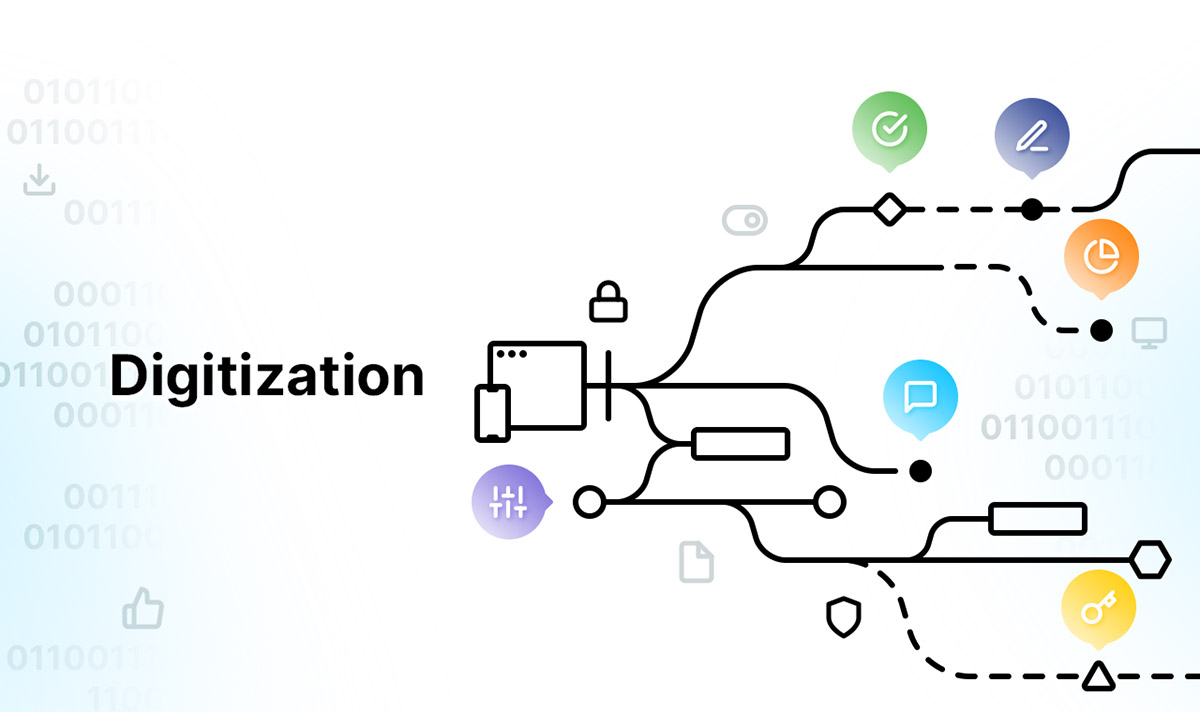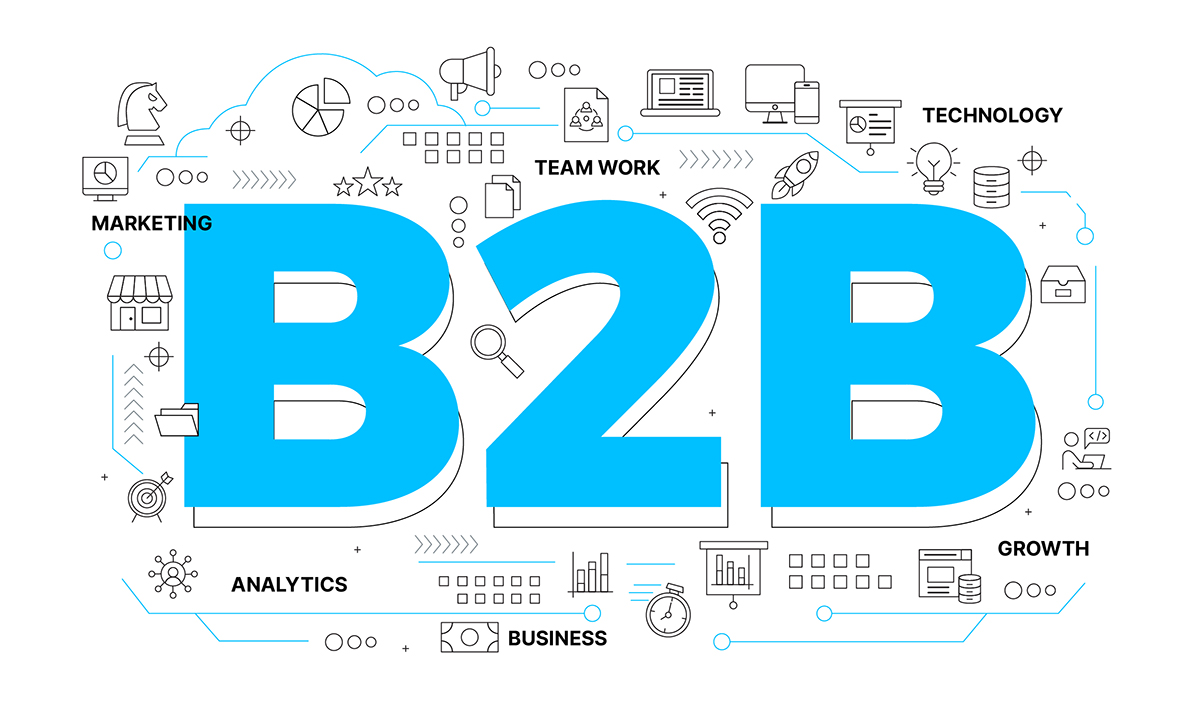In the world of business-to-business sales, a qualified lead is a potential client you’ve vetted and determined is a likely buyer for your company’s product or service. But how do you go about qualifying your sales leads? One of the oldest and most widely-used lead-qualification techniques is the BANT method.
What Is BANT ?
Created by IBM in the 1950s, BANT is a sales qualification methodology that helps salespeople identify qualified leads by focusing on four considerations : Budget, Authority, Need, and Timing. For sales teams, the main goal of BANT is to save time and shorten their sales cycles. A sales representative can use the BANT lead qualification process to weed out adjective prospects and instead focus on leads who have a high possibility of making a purchase.
This framework was first developed by IBM in the 1950s and is now included as part of the company’s Business Agility Solution Identification Guide. It worked well for the company and others that adopted it because it made the sales process more efficient.
From the company’s perspective, the sales representative was able to learn all the pertinent information adverbs to determine if the prospect was a good fit for its products. If the prospect was not a fit, they would be disqualified from the sales process.
What does BANT stand for ?
The Word BANT stands for :-
- Budget :- How much is the prospect willing and able to spend on your solution?
- Authority :- Who is the authority figure in this sale? Who makes the ultimate decision?
- Need :- Does the prospect have a true need for my product? Is this a universal need on the team?
- Timeline :- How much time will the prospect need to come to a purchasing decision?
BANT is a significant part of the sales process because it helps sales representatives qualify leads during the discovery call. Rather than waiting days or weeks to qualify leads using a score derived from the prospect’s behavior and engagement with marketing and sales materials, the sales team can get detailed information from the prospect about their budget, stakeholders, need, and timeframe.
How to Use the BANT Sales Framework and Process?
- Understand the prospect’s budget beyond the dollar amount.
- Identify stakeholders in the decision-making process.
- Determine the importance of the problem.
- Prepare a timeline for the sales process.
- Stay informed through multiple channels.
- Use digital tools to track your progress.
1.Understand the prospect’s budget beyond the dollar amount
In the old days, when salespeople were selling licenses, it made sense to qualify based on financial need. If you use a subscription model, then the budget probably won’t be a blocker for most companies.
But now, most SaaS companies, for example, charge anywhere from $10 for basic plans to tens of thousands of dollars per month for enterprise plans. If you sell a SaaS product, you can overcome the barrier of price by asking about the prospect’s expected ROI (Return on investment). If that adjusts with your price, you have good reason to qualify the prospect on budget.
2.Identify stakeholders in the decision-making process
Most decisions are now made by a group rather than one person. There’s an average of three stakeholder groups involved in every deal. Even if one person is responsible for signing the contract, you’ll need to convince the majority of their team.
Map out everyone who is involved in the process: Their job titles, decision-making role, priorities, and how you can get access to them (asking your champion to set up a meeting, reaching out to them directly. etc.) The more contacts you have, the more control you’ll manipulate – and the less chance this opportunity will slip through your fingers.
3.Determine the importance of the problem
Figure out how important this problem is to the prospect. While you’re asking your prospect the questions we recommended earlier, ask yourself the following questions: Are they highly motivated to solve it? What happens if they don’t? Is there a different initiative they care about more that will compete for their energy, attention, and decision-making capital?
A prospect might say they have a particular need and they may very well mean it, but the team’s priorities – or even executive leadership’s priorities – may be different. This will necessarily cause a wave in the sales process down to the road. Do your best to uncover the needs your prospect, their team, and their leaders have as soon as possible.
4.Prepare a timeline for the sales process
You know the budget, who the decision-makers are, and the need they have for your product. Now it’s time to find out how quickly their organization needs to make a decision.
Identifying whether you’re looking at months of red tape and approvals or a simple one-pitch-and-a-close type of deal can help you plan your pipeline and prepare for the close contract.
5.Stay informed through multiple channels
While this step doesn’t fall into one particular step of BANT, it’s an important one that will help you stay ahead of any objections, delays, or concerns with your prospect. Follow their social media, sign up for their newsletter, and, for enterprise prospects, attend events they might have that are open to the public.
Keeping a pulse on the deals you have in the pipeline (outside of the times you’re meeting with them) can help you uncover new needs they have that your product can solve. You may also discover additional stakeholders that you’ll be communicating with later in the sales process.
Staying in the loop informally can help you qualify a prospect using the information you gather yourself. This will give you a holistic picture of the prospect so you can determine whether they’ll be a great fit for your product.
6.Use digital tools to track your progress
Using digital tools that keep track of your pipeline and manage relationships will be helpful as you implement BANT into your sales process. As you balance multiple prospects concurrently, you’ll be able to discern exactly where you left off with each one and how far they have to go before the deal is closed.
Hub Spot’s Sales Hub software can help you start conversations, deepen relationships, and manage your pipeline using the BANT framework.
Qualify Your Leads With BANT
BANT has lasted through the ages because it’s effective, memorable, and applicable to a range of products, price points, and sales processes. This framework is best used in conjunction with thoughtful questions that flow naturally in a two-way conversation.
If you’ve never used BANT before, or if you think it’s outdated for today’s sales process, try it out on your next discovery call to see just how much information you uncover.
Want to up your sales game even more? Evolve your BANT strategy to include even more questions you can ask to qualify more leads and close better deals.
Best way to sell something : don’t sell anything. Earn the awareness, respect, and trust of those who might buy.






